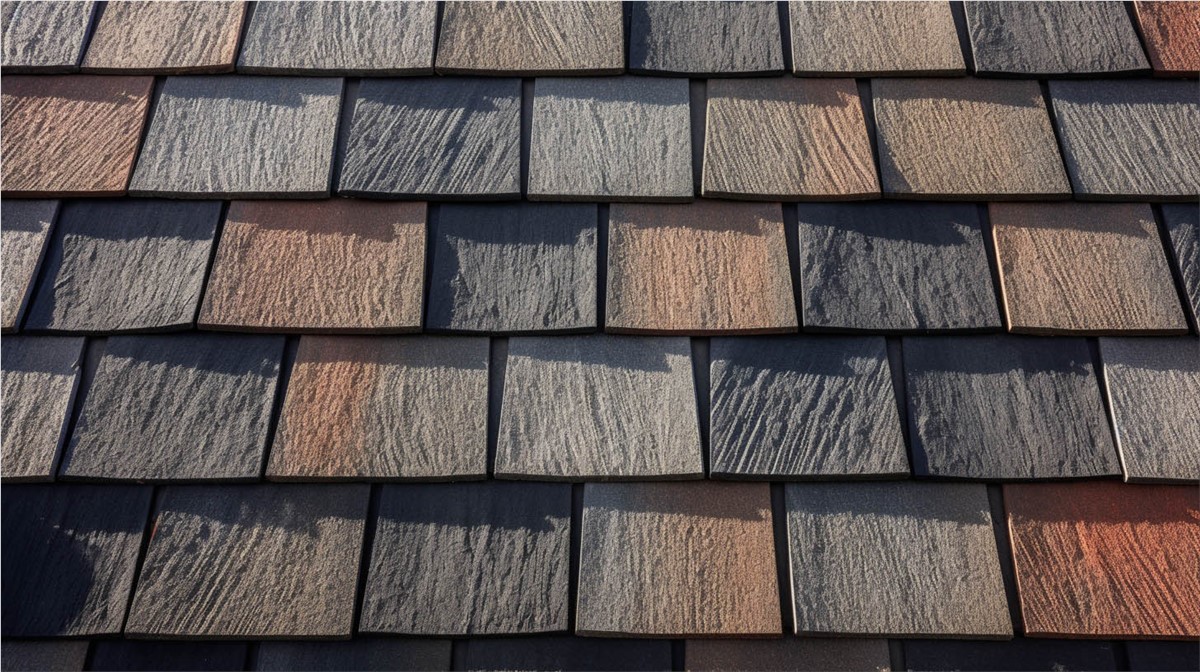
Asphalt shingle roofing is a popular choice for homeowners due to its durability, affordability, and aesthetic appeal. In this detailed exploration, we'll delve into the main components that make up an asphalt shingle roof, providing insights into how each part contributes to the overall functionality and longevity of the roofing system.
The Significance of Roof Shingles
Roof shingles are the most visible part of an asphalt shingle roof. They are the first line of defense against the elements, protecting your home from rain, snow, wind, and UV rays. Shingles come in various shapes, sizes, and colors, allowing for customization to fit the architectural style of your home. Their overlapping design ensures a watertight barrier, shielding the underlying structures from moisture and debris.
The Role of Roof Decking
Beneath the shingles lies the roof decking, a foundational layer that provides structural support. Typically made from plywood or oriented strand board (OSB), the decking is crucial for maintaining the roof's integrity. It serves as a base for attaching shingles and other roofing materials. Ensuring the decking is in good condition is vital for the overall health of the roof.
Underlayment: A Critical Barrier
The underlayment is a layer of material placed between the shingles and the roof decking. This water-resistant or waterproof barrier provides an extra level of protection against moisture. It plays a critical role in preventing leaks, especially in areas prone to high winds and heavy rain.
Importance of Roof Flashing
Roof flashing is a thin sheet, usually made of metal, installed at the roof's joints and valleys. It directs water away from critical areas, such as where the roof meets a wall, chimney, or vent pipes. Properly installed flashing is essential for preventing water infiltration, which can lead to costly damage.
Ventilation: Ensuring Roof Longevity
Proper ventilation is key to extending the life of your roof. It regulates temperature and moisture levels in the attic, preventing issues like ice dams, mold growth, and wood rot. Vents should be strategically placed at the roof's peak and base, allowing for continuous airflow.
The Necessity of Drip Edge
The drip edge is a metal strip installed along the roof's edges. It guides water away from the fascia and into the gutter system, protecting the underlying wooden structures from water damage. This often-overlooked component is crucial for maintaining the roof's edge and preventing water from seeping under the shingles.
Gutter System: Channeling Water Away
Gutters and downspouts are integral to the roofing system. They collect and channel water away from the foundation of the house, preventing erosion, basement flooding, and foundation damage. Regular cleaning and maintenance of gutters are essential for their effectiveness.
KVN Construction: Your Trusted Roofing Partner
At KVN Construction, we understand the complexities of an asphalt shingle roof. Our team of skilled roofing contractors in Portland OR is dedicated to providing top-notch roofing service in Portland Oregon. Whether it's a new installation or roof repair Portland, we ensure every component of your roof is meticulously installed and maintained.
Conclusion
An asphalt shingle roof is more than just its shingles. Each component, from the decking to the gutter system, plays a vital role in the roof's performance and durability. Regular inspections and maintenance by a professional roofer in Portland, like KVN Construction, can help extend the life of your roof and protect your home. Trust us, a leading roofing company in Portland Oregon, to keep your roof in top condition.
Subscribe to KVN Construction's Blog


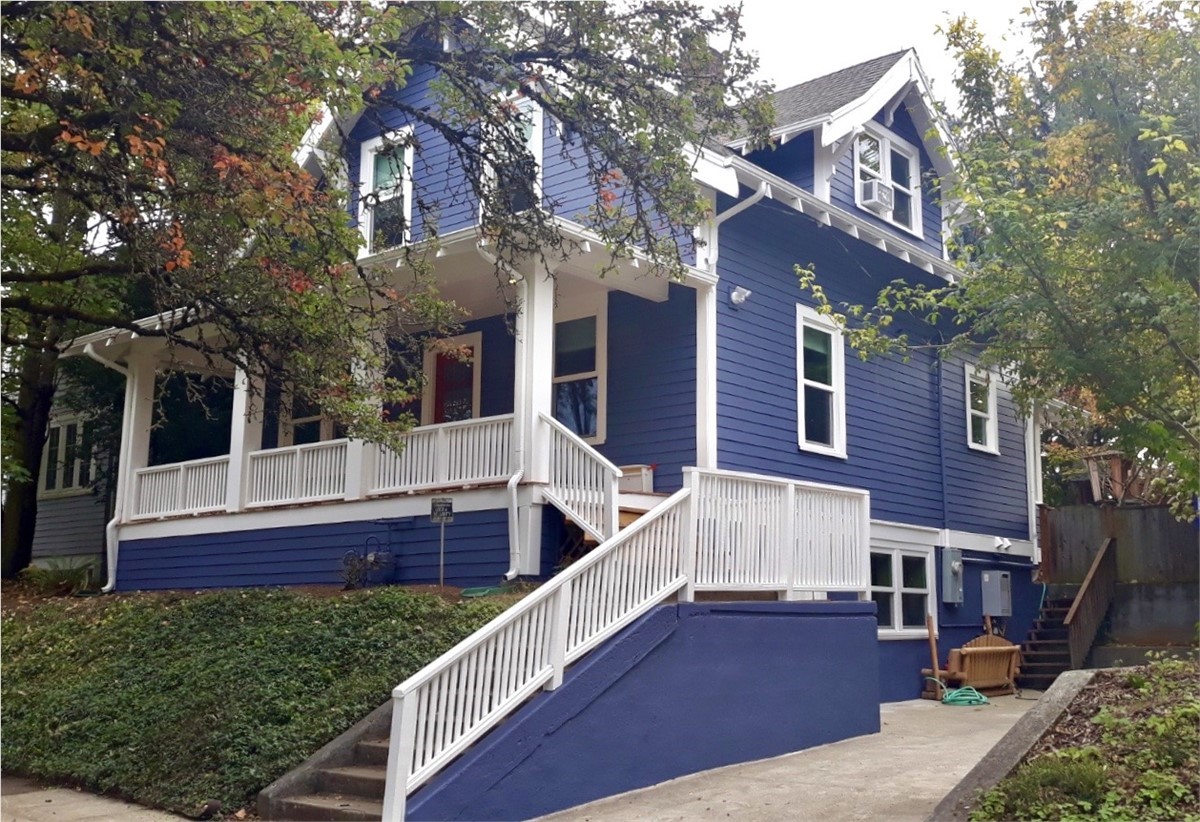
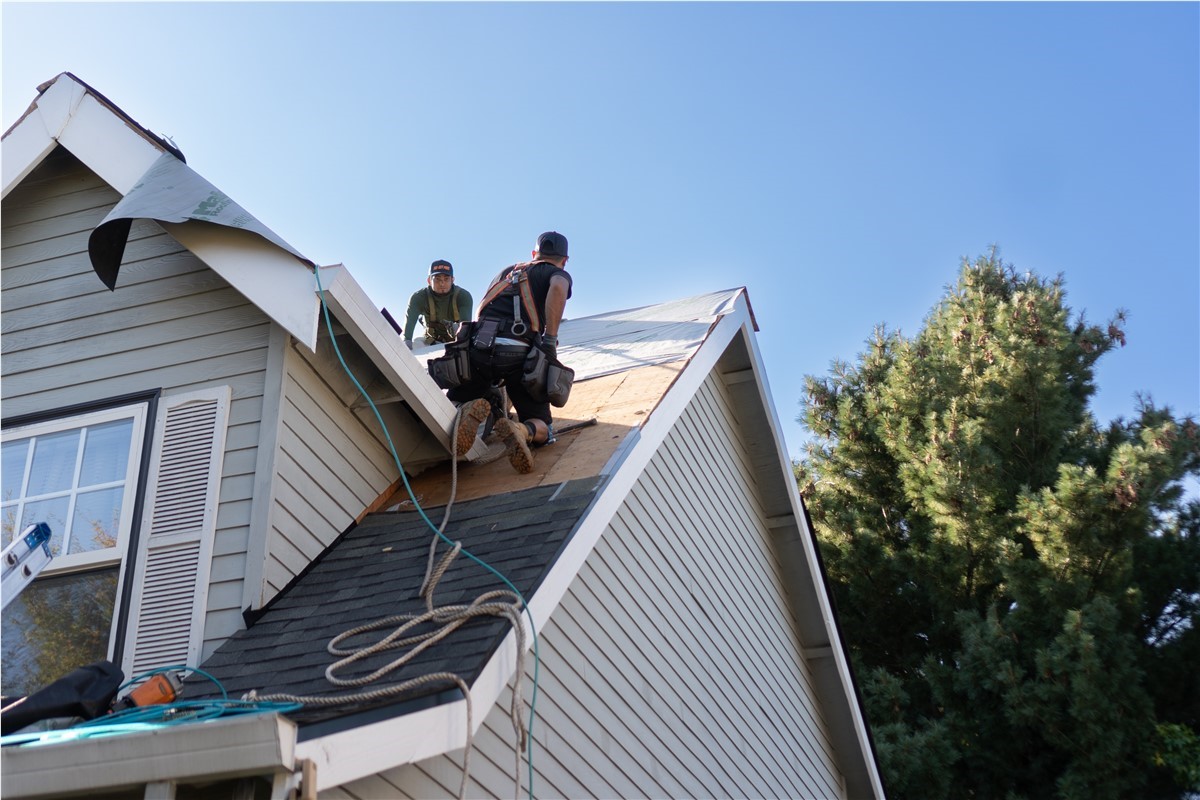
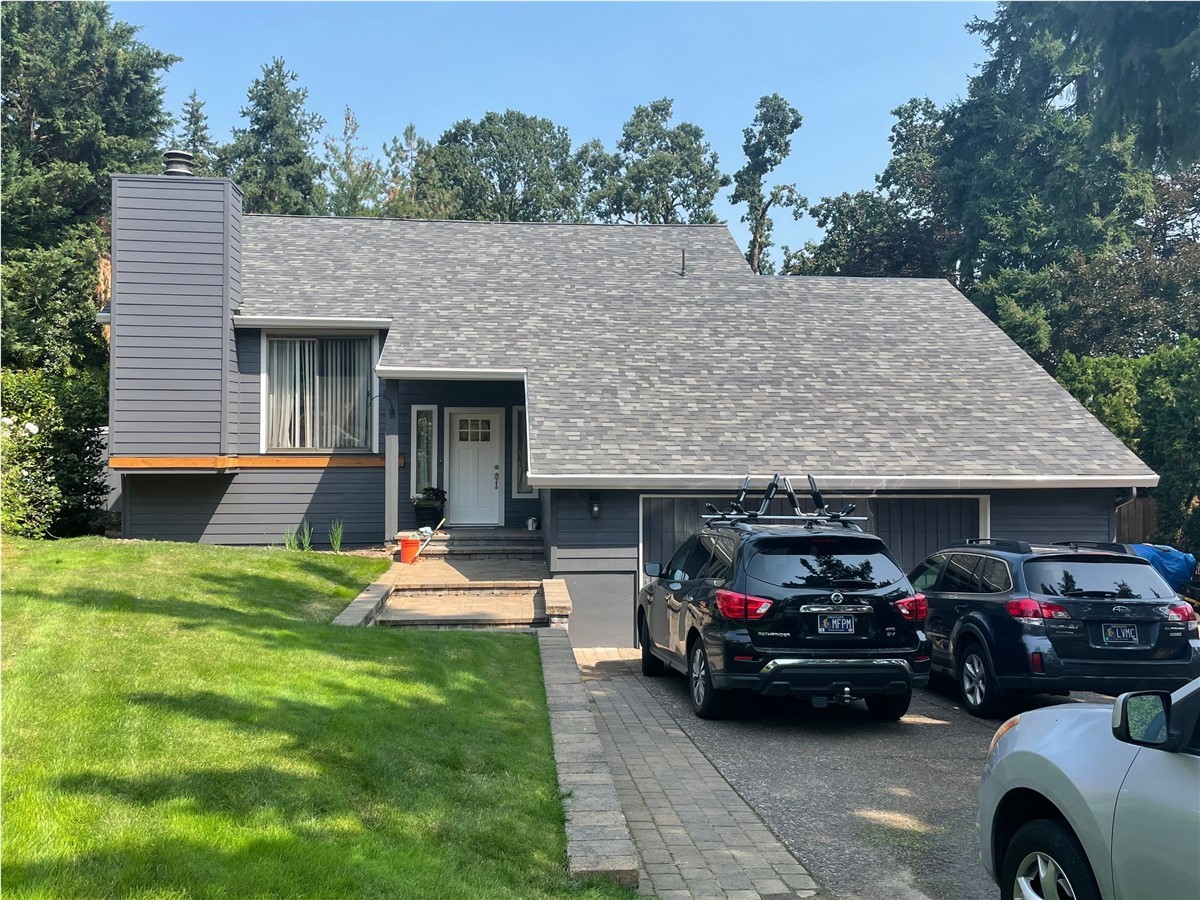
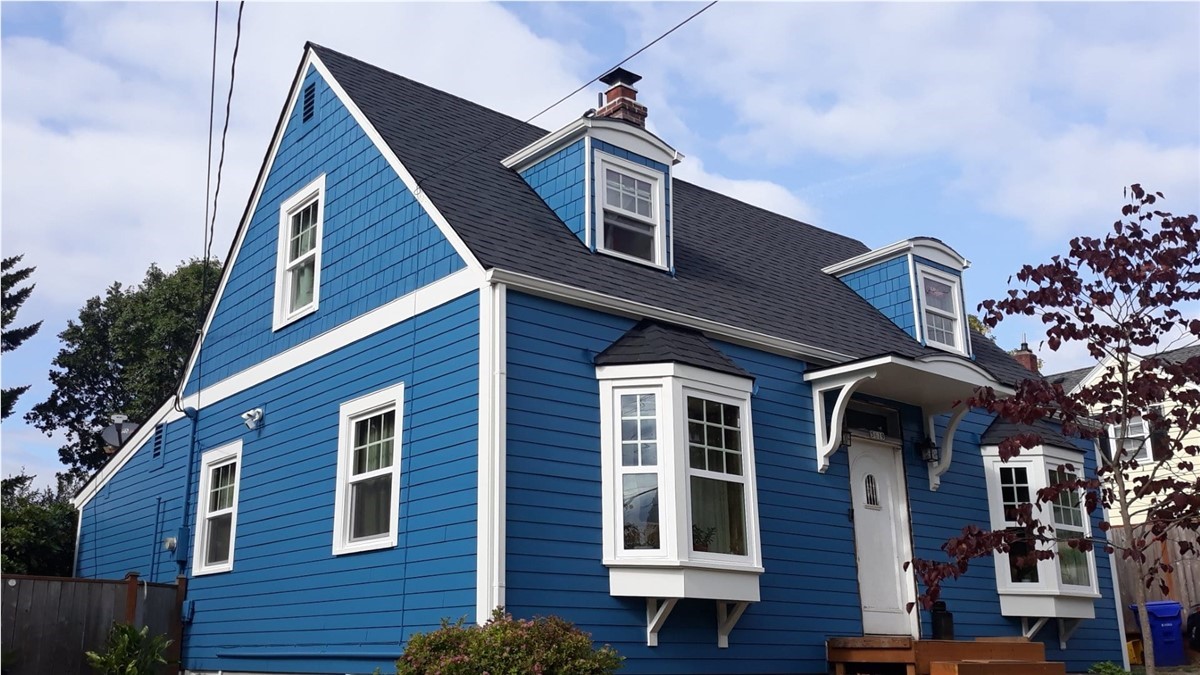


Comments